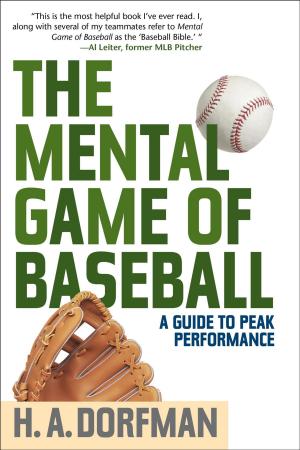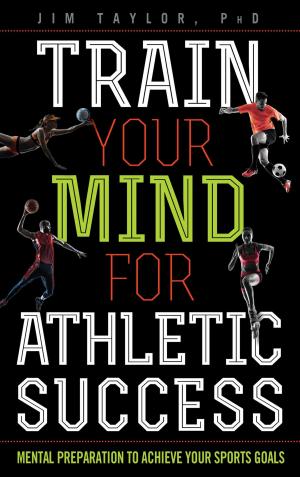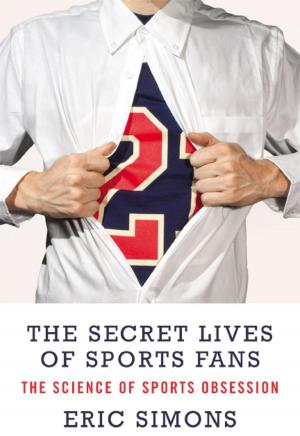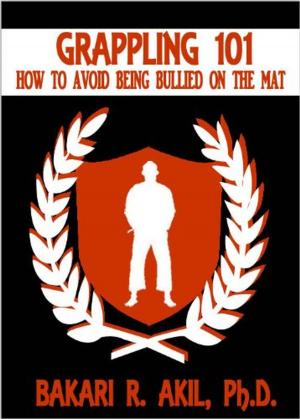The Aging Athlete: Inspirational Interviews With Some of the Fittest Survivors of Elite Athleticism
Nonfiction, Sports, Reference, Sports Psychology| Author: | Sifu Slim | ISBN: | 9780991182923 |
| Publisher: | Sifu Slim | Publication: | March 31, 2014 |
| Imprint: | Smashwords Edition | Language: | English |
| Author: | Sifu Slim |
| ISBN: | 9780991182923 |
| Publisher: | Sifu Slim |
| Publication: | March 31, 2014 |
| Imprint: | Smashwords Edition |
| Language: | English |
What can we learn from former top athletes that is especially relevant for our health and lifestyles? Even though most athletes are essentially performance minded rather than maintenance and wellness minded, it’s still a compelling revelation why 90 percent of them don’t continue a program to try and retain some of their skills and conditioning. Learning from the 10 percent who do stay fit and healthy is where we can all benefit.
“The Aging Athlete” chronicles the fitness and mindset of a group of retired and semi-retired athletes, of what’s worked for them over the years since they stopped competing or serving in the armed forces.
Some of the top athletes include Billy Mills — 1964 10,000m race gold medalist once considered the most famous living Native American; Ken Shamrock — former UFC heavyweight champion who was named the World’s Most Dangerous Man; Sam “Bam” Cunningham who starred in the famous 1970 Civil Rights Football Game; and and Allen Winder—a blue-eyed basketball player who was called upon to break the color barrier ... in reverse.
Excerpt from Chapter One with Ken Shamrock, "Mostly" Retired MMA Fighter:
“Now, at this point in my life, I don’t want anyone to be able to forget me. I don’t want to be lying in bed. I don’t want to have to be walking with a crutch. For me, I think it’s unfair for an athlete who has made their living with fans, fans who have spent money to come and see them, and have put them on a pedestal ... And then the athlete keeps doing appearances and keeps reaching out and being part of the fans, making money on the fans. For the athletes not to hold themselves up in a higher part of respect ... to walk in 50 pounds overweight and sign autographs. To go out and do motivational speaking 50 pounds overweight. It’s almost as if when a fan sees that, you break their heart, you’ve taken some air out of their sail.”
What can we learn from former top athletes that is especially relevant for our health and lifestyles? Even though most athletes are essentially performance minded rather than maintenance and wellness minded, it’s still a compelling revelation why 90 percent of them don’t continue a program to try and retain some of their skills and conditioning. Learning from the 10 percent who do stay fit and healthy is where we can all benefit.
“The Aging Athlete” chronicles the fitness and mindset of a group of retired and semi-retired athletes, of what’s worked for them over the years since they stopped competing or serving in the armed forces.
Some of the top athletes include Billy Mills — 1964 10,000m race gold medalist once considered the most famous living Native American; Ken Shamrock — former UFC heavyweight champion who was named the World’s Most Dangerous Man; Sam “Bam” Cunningham who starred in the famous 1970 Civil Rights Football Game; and and Allen Winder—a blue-eyed basketball player who was called upon to break the color barrier ... in reverse.
Excerpt from Chapter One with Ken Shamrock, "Mostly" Retired MMA Fighter:
“Now, at this point in my life, I don’t want anyone to be able to forget me. I don’t want to be lying in bed. I don’t want to have to be walking with a crutch. For me, I think it’s unfair for an athlete who has made their living with fans, fans who have spent money to come and see them, and have put them on a pedestal ... And then the athlete keeps doing appearances and keeps reaching out and being part of the fans, making money on the fans. For the athletes not to hold themselves up in a higher part of respect ... to walk in 50 pounds overweight and sign autographs. To go out and do motivational speaking 50 pounds overweight. It’s almost as if when a fan sees that, you break their heart, you’ve taken some air out of their sail.”















